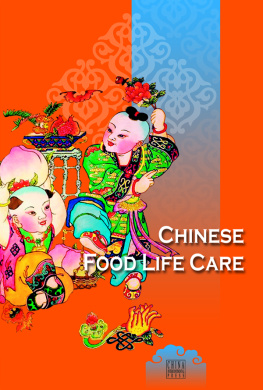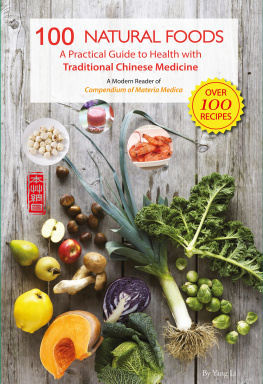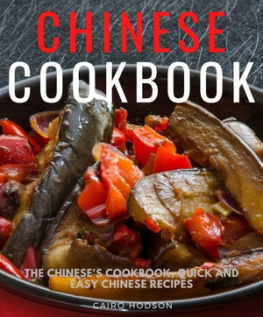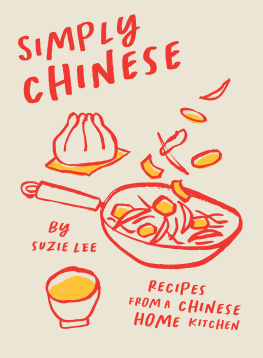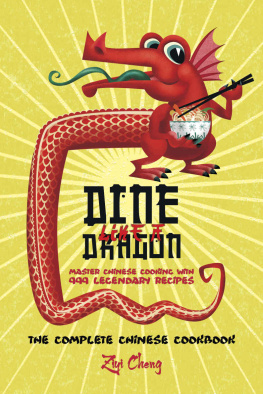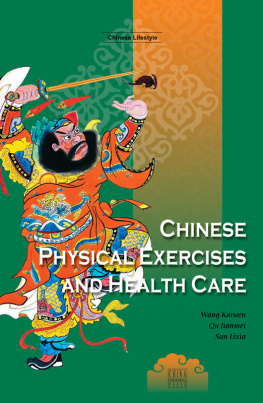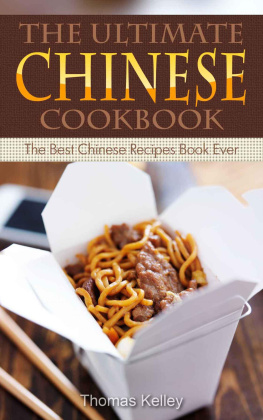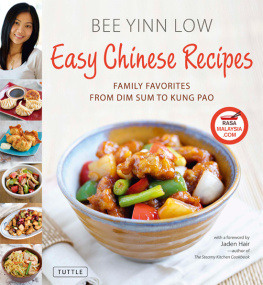Contents
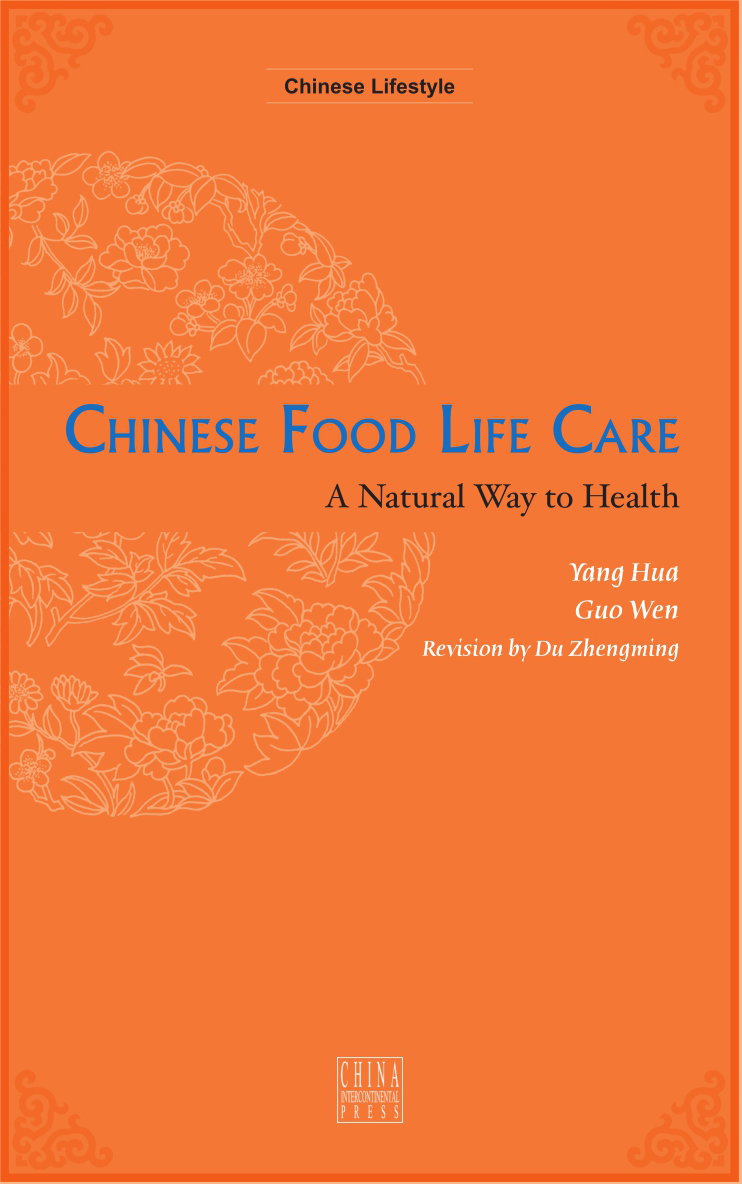
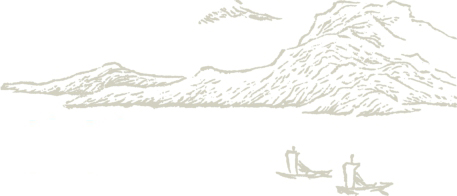
Introduction to Chinese Lifestyle
C hina, a country of appealing mysteries.
The Chinese nation, a nation intermittently strong and weak, honorable and infamous, awake and asleep, with a history of five millennia at the shortest and probably longer, has experienced the highest stage of ancient civilizations in the most prosperous dynasties of the world, and made indelible contributions to the advance of human societies. As the world's biggest nation, the Chinese people account for approximately a quarter of the whole population on earth.
And as a standing member of the UN Security Council, it is exerting enormous influence on international affairs. Economically speaking, it is the world's largest consumer market and human resource reservoir, as well as the largest base of processing industries.
For the recent three decades, China's opening to the world has brought about unprecedented contact with the people of all other countries, resulting in great advancement of the Chinese society and drastic growth of its economy, which have drawn ever greater attention of the world.
Now again as in the past when China was in its prime, the world find it impossible to overlook China and its people.
However, for its many sufferings in pre-modern and modern history of social unrest and setbacks, natural disasters and social misfortunes, China has for a long time remained relatively backward, listed as a "developing country" of the world. And for the same reason, The Chinese people and their civilization have been neglected in the developed countries, and what is now known of China to quite many people in the West remains to be what it was 30 or 50 years ago.
In view of the above conditions, we hereby present to our readers this brand-new Chinese Lifestyle with the aim to help those interested in things Chinese learn about the people and their social life, and ultimately discover "the last hidden world" and the nation that is once more on the rise in the Oriental, so as to more effectively communicate with them in all walks of life.
Within this series are five books, respectively on the language, folk culture, rites and rituals, traditional food, and traditional physical exercises of the Chinese people. Drawing upon vast resources from libraries and internet materials, these books are all written with special perspectives of the writers themselves, and infused with their individual insight. What's more, the style of the language may also be interesting to the western English readers because the writers are all native Chinese themselves who teach English in higher institutions of education in China. This means that their English language may smack of some "Chinese flavor," somewhat different from that of the native English writers but nevertheless are pleasantly readable after minor revision by invited native English first readers.
Chinese Language by the undersigned chief-editor of this series begins by a general introduction of various "Chinese languages," languages of different Chinese ethnic groups as well as the majority Han people. The relation between Mandarin Chinese and Chinese dialects is also explained with fair clarity. Through reading the introduction, you will learn why Mandarin Chinese has become "the Common Language" (Putonghua) of the nation, how Chinese written characters evolved into the present form, and what differences exist between the classic and modern language, and between the formal written style and informal speech. In addition, the systems of Mandarin Chinese Pinyin and Tones are introduced in detail to serve as a threshold for exploring the contents of the book.
After the introduction are six chapters elaborating on the distinctive features of Mandarin Chinese, respectively in terms of its phonology, tones, morphology and syntax. In each chapter, typical and practically usable examples are provided along with annotation of the tones and translations, so as to help readers learn with ease.
Chinese Rites and Rituals is written by Feng Ge (), an associate professor with the Northwest University, and translated by Huang Jieting () and Jiang Yinji (), English teachers of Suzhou Vocational University. It is an overall introduction of the Chinese ritual systems and the related social norms. The first part begins with an elaboration of the central Chinese concept Li (), which carries a wide range of connotations including not only rites and rituals but also what are generally concerned as good manners, appropriate behavior and acceptable ceremonies on various social occasions. The contents are divided into two parts, with the first part on traditional rites and rituals and the second on the modern practice. Actually all possible aspects appropriate to be considered under the general title of Li are touched on, from individual social conducts to state rules. With the understanding that Li is a matter of great importance in Chinese culture, we believe this book is of special value for learning about the Chinese society and the people's way of thinking and life.
From Chinese Food Life Care , authored by Yang Hua () and Guo Wen (), lecturers of English at Soochow University of Science and Technology, readers are expected to learn about the traditional Chinese way of eating, and find their opinions as regards the choices of food in various situations. They will also familiarized themselves with a great variety of traditionally consumed Chinese food items and understand why some items are more popular than others in China, and why the Chinese people generally believe "food and medicine are of the same origin." It is our hope that the detailed accounts of the properties of different food items will serve as useful references for making decisions on what one should choose to eat according to his or her own physical conditions.
Chinese Physical Exercises and Health Care was written by Professor Wang Kaiwen (), an expert in Chinese Kungfu and Taijiquan, and Qu Jianmei () and Sun Lixia (), Teachers of English at Yantai University. It begins with a brief account of the basic knowledge of Chinese Physical Exercises and Health Care, a short History of the Development of various ways of traditional physical exercises such as Taijiquan and Qigong, the Basic Theories concerning their efficacy and mechanism, and the methods generally adopted in practice. Then, in the following chapters are presented the concrete procedures of exercises, all well illustrated with clear pictures to aid the practitioner. In addition, traditionally practiced supporting like various ways of self-massage is also introduced at length. It is our belief that the explanations and illustrations will not only make the reading of the book an effortless experience but also help in practice.
Chinese Folk Customs , by Zhang Weihua () and Fang Huawen (), projects before the readers a changing and kaleidoscopic view of the Chinese social phenomena seen in different areas and ethnic communities, in both the ancient times and present. Although it is understandably difficult for the writers to account for how much or to what extent the old customs have lasted to date, we can well assume that quite a lot have, even though possibly in somewhat changed forms. At any rate, they should have some unelectable impact on the Chinese contemporary way of life. And with growing consciousness of the importance of protecting traditional culture, some wholesome folkways that had once fallen to the verge of extinction are now being recovered, while others are still often found in Chinese literary works even if they have fallen out of date. Thus, reading about them should be awarding, and as I hope could also be a pleasure.

